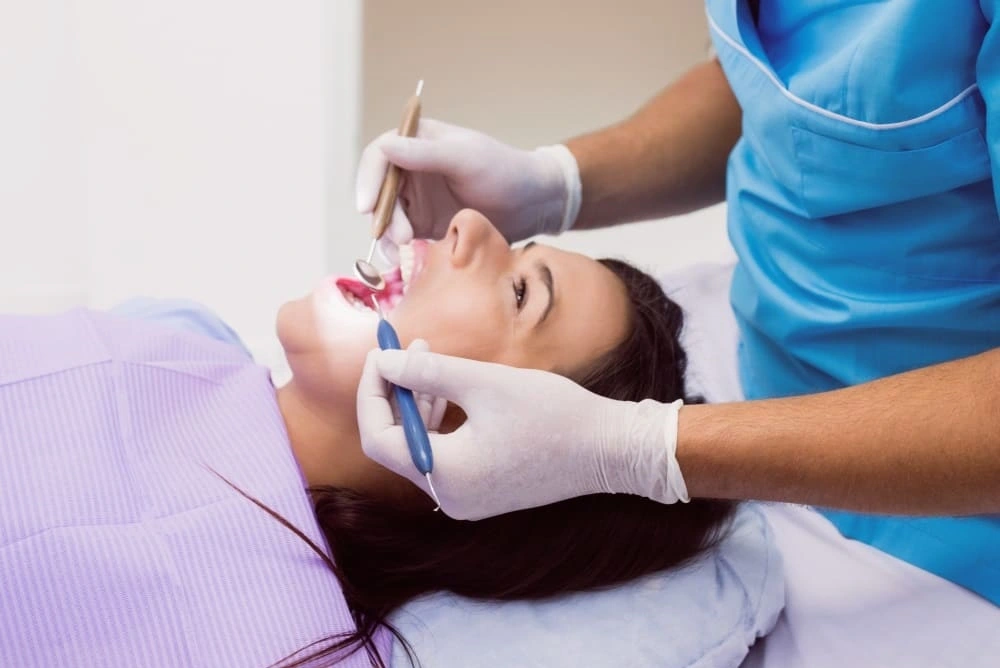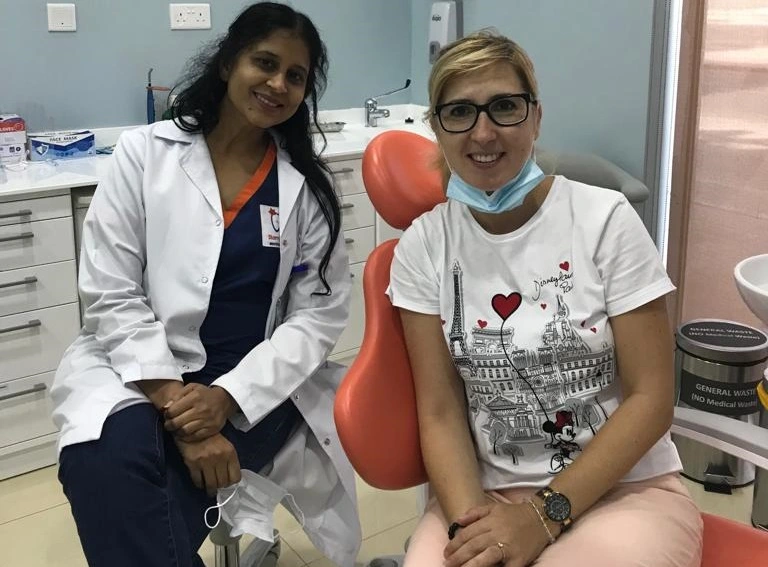

It is important to take good care of the teeth not only for a beautiful smile but for one’s health as well. Tooth diseases can be avoided through regular visits to the dentist. However, there are instances when certain activities related to treating or improving one’s teeth become unavoidable. From the basic oral hygiene practices to the advanced ones, it is always good to be aware of some of the common dental procedures and their advantages. There are many dental services available today, but here are some of the more commonly practiced ones that you should know.
Within the field of dentistry, dental fillings one of the most frequently performed processes. This procedure is done to deal with the carious lesions found in the teeth. In this, decay is removed from the affected tooth by the dentist and the cavity is filled using a charged material, like amalgam which is silver colored or composite resin which is colored the same as tooth. It was noted that the filling procedure restores both the function and the shape of the tooth while hindering any further decay changes.
Teeth whitening procedures are dental cosmetics meant for brightening your smile by eliminating stains and discoloration. In the course of time, teeth might get stained due to some practices such as the intake of coffee or tea, and smoking. Teeth bleaching procedures at the dentist’s office accomplish the task faster and more effectively due to the use of special bleaching agents than buying the products that are available in stores.
A dental crown is essentially a protective cover that is fixed over a broken or delicate tooth. Dental Crowns are used in the case of a decayed crack or broken tooth; especially in cases where filling will not be enough to restore the functionality of the tooth. In addition, they can be used for aesthetic needs for example to cover a defect of a structural tooth or a badly stained one.
A root canal are medically invasive procedures that are aimed at treating disorders of the pulp (the organ inside a tooth). Whenever the living tissue at the center of the tooth, known as the tooth’s pulp, is injured, decayed or infected deeper treatments such as root canal therapy will be required to save the tooth rather than extracting it. The dentist first extracts the infected tissue in the affected tooth before cleaning and filling it.
Braces are appliances that help in aligning the teeth and also correcting the bite of the patient, be it an overbite, underbite, or crowding. They are majorly effective in children and teenagers but it is not restricted only to these age groups. Now and then, people who have misaligned teeth are often put on traditional braces which conceptually involve the use of metal brackets and rubber bands connected with a wire to gradually position the teeth properly.
Tooth extractions are done when a tooth is too damaged beyond any restoration or has huge decayed parts that cannot be filled anymore. Impacted wisdom teeth are the most extracted teeth. Other teeth, however, may be extracted as well in the instances of dental disease or tooth overcrowding. The procedure is usually carried out under local anaesthesia, with patients given aftercare instructions so as to promote healing.
Implant supported prosthesis are among the modern ways of replacing the lost dentition which are long lasting. An implant is surgically inserted into the jawbone a kind of titanium post. After the healing of the implant, a crown is placed over the implant to form a tooth replacement with an appropriate contour. They are strong, aesthetic, functional and the most sought-after means of prosthetic rehabilitation in case of loss of dentition due to trauma, caries, or illness.
The term ‘veneer’ refers to a thin layer of composite resin or porcelain which is attached to the exposed surface of the tooth for aesthetic reasons. They are typically used to rectify problems such as broken or stained teeth, as well as dental restorations. The final effect of veneers is a smudge-free polished looking teeth set within few dental sittings.

Oral hygiene cannot be overemphasized, and dental care services are crucial in enhancing it. There are less complex procedures, such as fillings and cleaning, as well as extreme treatments such as implants, root canals among others. All of these have an objective that seeks to keep your teeth and gum healthy. It is wise to familiarize oneself with such, especially, at the discussion of one’s oral needs with one’s dentist.
Most of these procedures can be prevented with regular dental check up and cleaning but when the need arises they can help to improvise your smile as well as your dental health for many years.